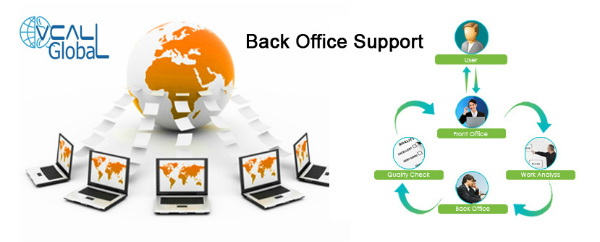For centuries now business owners have tried every trick in the book to predict what their customers want. They have used many techniques and technologies to get into the minds of their customers. Not that they have settled yet, but data analytics and data mining are two ways which can help the business owners predict the unthinkable i.e. what their customers want. In the digital age there is plenty of data, and most of them are valuable business data. But the quantity of data is so huge that making a sense of them is not humanely possible. This is why new concepts have emerged in the realms of back office support.
Though, data mining cannot be called a new concept in strict terms. It came into the business equation in the 1990s. What is this data mining thing? It is creating new knowledge whether in natural or artificial form using the business data. The analyst has to find patterns in the business data and predict. As this is a theoretical approach to business data analytics so the scholars did not ponder much over explaining how this concept worked. The people who knew it went on using it to their business success, while others were just beating around the bush. So, today we throw a light on some of the sacred laws of data mining.
#1: Data Mining Solution Originates from a Business Goal
The scope of data mining is also defined by the above mentioned statement. Data mining is a way to solve your long standing business problems. It is not a technology, it can be rather held as a process which stems from a list of business objectives. If there is no business goal in sight, then there is no data mining as well.
#2: Data Mining Process Steps are dictated by Business Knowledge
This statement clearly illustrates the characteristic of data mining. Even the business goals should be created after understanding the business knowledge. Business knowledge is important while deploying results. Let’s see how data mining phases are affected by business knowledge:
- Understanding of a data mining project should come from the business knowledge; the mapping of business objectives to attaining goals can be possible only when there is a clear understanding.
- Business knowledge acts as a guide showing which data is related to a business problem and which is not relevant.
- When preparing the data, business knowledge helps in shaping the data so that all the leading business questions can be answered.
- Modelling is an important stage of the data mining process where algorithms are used to create a predictive model interpreting the behaviour and trends for business benefits.
#3: Data Preparation is the Most Important Step of Data Mining Process
The persons offering you back office support will tell you that data acquisition and data preparation are the most time taking processes in data mining. The estimates would vary from 50-80% based on the difficulty levels of data. There are moves being made to automate the data acquisition process, data transformation and data cleaning processes. Some feel that use of technology will minimize the time and help analysts come up with great results. But the problem with technology is that it is not humane. It often throws out data that might be useful. This may pose a problem in the data preparation stage. Before starting the data preparation process, the analyst should have a set of business questions which the process intends to answer. This will help streamline the information.
#4: Right Answers can be found only with Experimentation
There is a thought process prevalent among the technical guys, if the problem space is well defined than based on the choice of right algorithm optimal solutions can be found with efficiency. However, this erroneous conception stems from an idea that the data miner comes up with a problem and then finds an algorithm to meet the problem. In fact the work of a data miner is to keep on experimenting until the right algorithm is sought. There are five reasons why data miners need to constantly keep on experimenting:
- If the problem and its right approach are already understood then there would be no need for the data mining process. Data mining is a process that searches for unknown connections in vast pools of data.
- There are hundreds of ways of solving a single problem; it is another matter that all the approaches will not fetch the perfect result. So, the data miner has to look at the problem from different areas before finding a way.
- The data miner shapes the problem area, so that the model constantly shifts when it is analyzed.
- None of the predictive models can be measured technically, it needs intellect.
- The business objectives keep on changing and they will continue to do so during a data mining process. This makes the goals of the process change completely.
These were some of the sacred rules of data mining. Now, you know why the back office support that offer data mining services are charging high fares. It is very difficult art.


